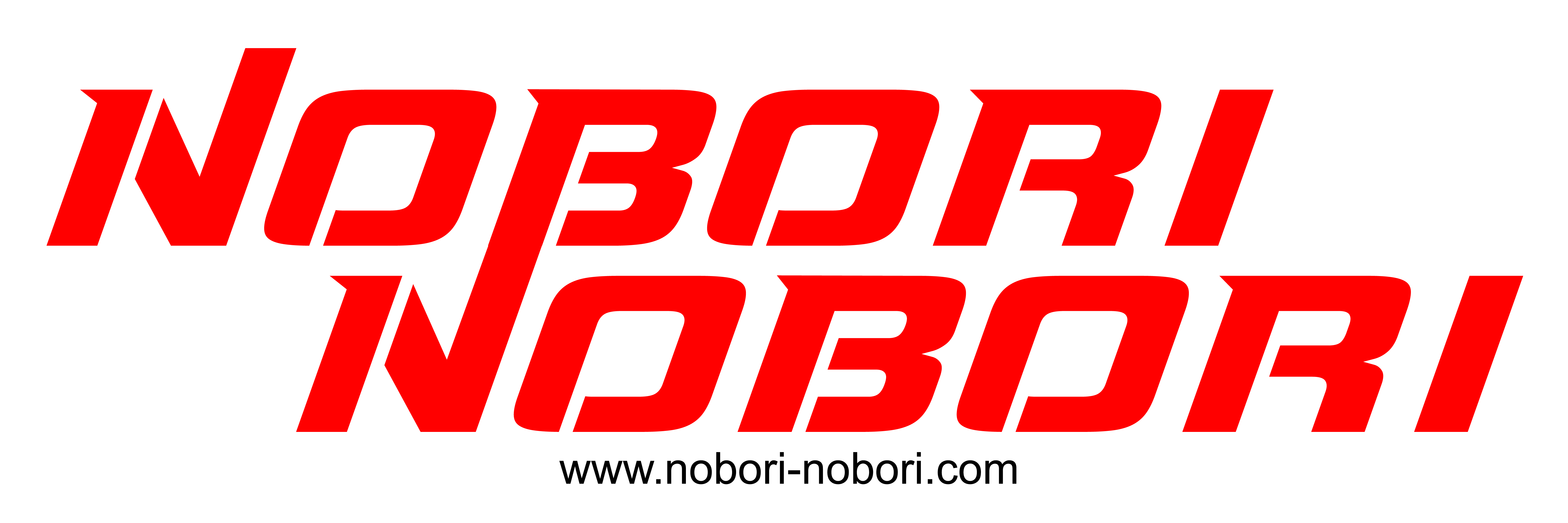Content
- What are Public, Private, and Permissioned Blockchains
- Disadvantages of Public Blockchains
- The Future of Blockchain Technology
- Altcoins and the Expansion of Cryptocurrency Markets
- Choosing the right type of Blockchain: Public, Consortium or Private
- Examples of Consortium Blockchain Networks
- Blockchain Protocols for Consortium Blockchains
- Private Blockchain vs. Consortium Blockchain: In a Nutshell
Morgan, which soft-forked the Ethereum blockchain in order to create a new blockchain more suitable for enterprise clients. This provides significantly greater flexibility than some other private and consortium blockchain solutions, as developers can work in Solidity, the most common blockchain programming language. The blockchain also allows entities to create their own Ethereum-compatible tokens and coins. In addition to preventing outright counterfeiting, blockchain https://www.xcritical.com/ tech can make sure all raw materials used to manufacture fashion items, such as cotton, leather, metal, or plastic, are produced in an ethical and environmentally sound manner. This may involve inviting (or even requiring) a wide variety of suppliers and subcontractors to also participate in the blockchain’s governance or infrastructure.
What are Public, Private, and Permissioned Blockchains
This transparency builds trust among participants, as everyone can see what’s happening. It also minimizes the risk of fraud since any shady activity would be out private vs public blockchain in the open for all to see. However, as the number of “trusted” participants increases it becomes more difficult to agree upon and then test any changes needed.
- I’ll explain how these mechanisms work in more detail later, but right now, you need to note that the lack of a central point of control makes this type of blockchain more resistant to manipulation or outages.
- These systems are not decentralized because there is a definite structure of control in place.
- It’s no surprise, then, that it’s revolutionizing industries like banking and finance.
- Both private and public blockchains are “append-only”, meaning that the network can only have information or data added to it, and participants in the network can not alter it.
- First, there’s Hyperledger Fabric, a popular open-source platform widely used for developing enterprise-grade blockchain solutions.
- To declare which Blockchain is best won’t be right because each Blockchain has its own features, advantages, usage, and requirements.
Disadvantages of Public Blockchains
A single entity or consortium manages the network, making decisions and setting access rules. This centralized control streamlines operations and allows for faster transaction processing compared to public blockchains. Note that by creating privately administered smart contracts on public blockchains, or cross-chain exchange layers between public and private blockchains, one can achieve many kinds of hybrid combinations of these properties. The solution that is optimal for a particular industry depends very heavily on what your exact industry is.
The Future of Blockchain Technology
For instance, a supply chain management system on a private blockchain could track product movement efficiently while keeping sensitive data confidential. Unlike public blockchains where anyone can join, private blockchains operate as exclusive networks. This controlled environment is often achieved through a process called whitelisting, where specific individuals or organizations are vetted and granted permission to access the network. Another advantage of private blockchains is (often) higher transaction speeds on the network. In contrast to public blockchains, private blockchains operate within a closed network where only authorized parties can participate and view the blockchain. This type of blockchain is more efficient than public blockchains, as it does not require participants to solve complex mathematical problems to achieve consensus.
Altcoins and the Expansion of Cryptocurrency Markets
Compared to private blockchains, the scalability issues with public blockchain burden the network with its many transactions. A private blockchain is also sometimes known as a “permissioned blockchain”. Although a private blockchain requires an authority to monitor who has access to the blockchain, it can be less secure. With fewer participants in the network, taking control of the data can become almost effortless for any potential attackers.
Choosing the right type of Blockchain: Public, Consortium or Private
Participants can join a private blockchain network only through an invitation where their identity or other required information is authentic and verified. The validation is done by the network operator(s) or by a clearly defined set protocol implemented by the network through smart contracts or other automated approval methods. Public blockchains also attract participants who may not be honest in their intentions.
Examples of Consortium Blockchain Networks
In contrast, private blockchains provide a more controlled environment, making them well-suited for specific applications. Consortium blockchains offer a practical way for industries that need both teamwork and control. By using the strengths of both public and private blockchains, they provide an effective platform for many organizations to work together safely and efficiently. Despite the challenges with rules and growth, the benefits of improved safety, cost savings, and following regulations make consortium blockchains a compelling choice for many business uses. A consortium blockchain network is more efficient scalable and secure than a public blockchain network. A consortium blockchain, on the other hand, has a lower level of transparency.
This setup not only makes the blockchain open but also super resistant to tampering and fraud. The spread out nature ensures there is no single weak point, improving the strength and reliability of the system. Every deal on a blockchain is checked by this network, often called nodes. This hash links the new block to the one before it in the book, creating a chain. Discover the top blockchain startups of 2021 that are innovatively using blockchain technology to reshape various industries.
Industries prioritizing privacy, control, and scalability, like supply chain management and finance, frequently use private blockchains. The limited number of nodes in this kind of network can give hackers a better opportunity to attack than in a public blockchain network. Finally, another appealing feature of a public blockchain vs private blockchain is anonymity.
Permissioned blockchains often have more customizable access control options than private blockchains. While many public blockchains that are based on the Proof of Stake (PoS) verification model can achieve much higher speeds, Bitcoin and Ethereum together still make up an overwhelming share of all the public blockchain usage. Additionally, PoS networks have specific disadvantages due to their own verification model. The primary disadvantage of a PoS-based platform is the potential for a concentration of governance power in the hands of a small number of network actors.
Maybe for splitting a bill with friends or booking a hotel with your favorite digital currency. Well, blockchain technology is making this a reality – and that’s where the question of public VS private blockchain comes in. The main application for public blockchains currently is the issuance of a digital currency. Without a valuable underlying crypto currency, there would be no incentive for the participants of a public blockchain to behave fairly. This would mean that the entire system would collapse within a relatively short time. Private blockchains are owned and governed by one central entity, usually the company behind the platform.
This way, hackers can take over and gain control of the entire network more easily, putting a company at great risk. One of the most attractive features of a private blockchain is its scalability. Since they do not occupy so many transactions and participants, private blockchains have a remarkably fast transaction speed, especially in comparison to a public blockchain network.
With these fundamentals in mind, let’s now explore the differences between public and private blockchains. Other services that became accessible to the wider public with the arrival of public blockchains include the ability to earn interest from very flexible deposits, or earn income from mining or liquidity pool staking. Depending on the mode of operation and access control, these blockchains are referred to as private or permissioned. In this article, we will review all three main varieties of blockchain platforms – public, private and permissioned.
The choice between a public and a private blockchain depends largely on the specific needs of the application or project. Public blockchains are ideal for applications that benefit from open and decentralized environments, while private blockchains are better suited for enterprise uses where privacy and control are priorities. The MediLedger network is a blockchain consortium specifically designed for the needs of the healthcare industry, with a major focus on improving pharmaceutical supply chains and creating more efficient and safer distribution networks. Some of the largest members include Walmart, Pfizer, Bayer, Amgen, and Gilead. Information recorded and shared on the MediLedger blockchain includes medication pricing contracts, customer identity and eligibility data, which can help reduce and standardize medication prices while reducing costly supplier chargebacks.
The immutable nature of blockchains also means that historical healthcare data is recorded permanently and can be securely accessed when necessary. Blockchains may also be able to cut down on the use of traditional paperwork and medical data systems, which can be both inefficient and insecure. In addition, blockchain can help improve medical supply chains, as we’ll discuss later in this article. A public blockchain is one where anyone is free to join and participate in the core activities of the blockchain network. Anyone can read, write, or audit the ongoing activities on a public blockchain network, which helps achieve the self-governed, decentralized nature often touted when cryptocurrency blockchains are discussed. Kaleido provides a comprehensive, secure, and flexible platform that significantly lowers the barrier to entry for creating and managing consortium blockchains.
It’s also hoped that the network can reduce administrative burdens and improve patient experiences. Walmart has been perhaps the best-known company to utilize the IBM Food Trust blockchain, which has, in many cases, allowed it to trace food products to their source in seconds, rather than days. In 2019, Walmart began requiring that certain suppliers use the technology to help Walmart trace food products back to their original sources, making it significantly easier to identify and stop food contamination issues at their source. Some of the best-known companies currently using the Corda blockchain infrastructure include Morgan Stanley, BNP Paribas, MetLife, HSBC, and China Merchants Bank. From early to mid-2022, the CDC reported significant outbreaks of Hepatitis A in strawberries, Listeria in ice cream, Salmonella in peanut butter, and Norovirus in raw oysters– and that’s just in the United States.







